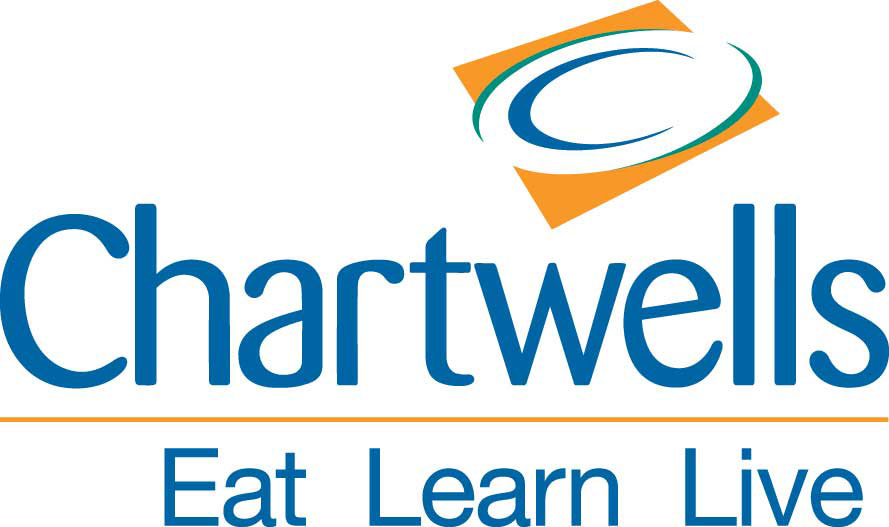
Chartwells, the campus dining service provider, is working with the Office for Sustainability to promote Project Clean Plate, an event to educate students and faculty on the University of Arkansas campus about ways to reduce food waste and about the harm food waste can have on the environment.
Food waste is one of the biggest contributors to greenhouse gases because methane gas is released from the food waste in landfills, according to Kim Johnson, marketing director for Chartwells.
“Project Clean Plate is meant to show us how to divert additional waste from going into the landfill, thereby reducing the methane gas that is coming out of a landfill,” said Johnson. “It’s about trying to be conscious and consume what you can eat at a meal and then returning a clean plate back to the dish return.”
In dining halls, consumers can always go back for seconds if still hungry, said Johnson.
“The ultimate goal, perfect nirvana on food waste would be to have this as part of our regular culture and it is part of the things that student’s just do,” said Johnson. “It’s not just the students, it’s the faculty and staff and anybody that eats with us.”
Project Clean Plate takes place over a five-week span in the spring semester each year. During the first two weeks, Chartwells measures existing food waste to know exactly where the numbers stand for food waste on campus. Then, the publicity starts in the third week. Chartwells volunteers begin measuring total food waste each week in the same dining halls, comparing the average of those three weeks back to the original benchmark. This process shows the decrease in food waste that resulted from Project Clean Plate.
Chartwells has been proactive in reducing food waste for many years. Project Clean Plate is the next in a progression of sustainable efforts in campus dining facilities.
“Back in 2009, when the campus went tray-less we saw a huge reduction that first academic year in food waste—15 tractor trailers full of food waste that were diverted just by going tray-less,” said Johnson.
Chartwells saw a large amount of savings in water, electricity and detergent the year trays were taken from the dining halls.
Chartwells, working with the Office for Sustainability, has also experimented with composting. The University purchased Earth tubs, which are stored at the U of A Division of Agriculture Research Farm. The composting tubs are used to research ways to reuse the food waste from the Fulbright dining hall on campus.
Due to the small size of the earth tubs and the large volume of food waste generated in the three dining halls, the tubs “can’t even take all of the food waste from Fulbright (Northwest Quad),” said Johnson.
Project Clean Plate has grown out of the same philosophies that drove these movements toward tray-less dining halls and Earth tubs for composting food waste.
Volunteers for Project Clean Plate will be located in the Fulbright and Brough dining halls the week of March 3 – March 21. Flyers and banners will be hung above the dish return stations, and table tents will be on each table with facts about food waste and the impact on the environment. Volunteers will be carrying pledge cards for students who pledge to aim toward reducing food waste. Each week during Project Clean Plate, the cards from the two dining halls will be entered into a raffle for a Kindle.
“Food waste is huge, and if we can get that as part of the campus culture then we will be doing a great thing, but its not going to be just Chartwells or the Office for Sustainability, it is really going to have to be embraced by the students,” said Johnson.
If you are interested in volunteering for Project Clean Plate please visit http://bit.ly/1eO9SRD or contact Carlos Ochoa at sustain@uark.edu

